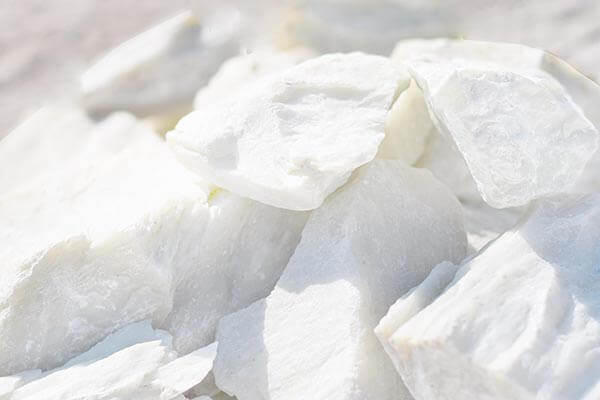Talc In Paints
Use Of Talc In Paints

Beyond aesthetics, talc plays a significant role in improving the functional characteristics of paint. Its chemical stability and inertness help prevent unwanted reactions within the paint, contributing to a longer shelf life and reducing the risk of degradation over time. Talc’s thermal resistance and anti-corrosive properties make it especially useful in industrial coatings, where paint needs to withstand high temperatures and protect metal surfaces from rust. Moreover, talc enhances the paint’s scrub resistance, making it ideal for high-traffic areas or surfaces that require frequent cleaning. By adding talc, paint manufacturers achieve a product that balances performance with cost-efficiency, meeting the demands of both commercial and consumer applications.
